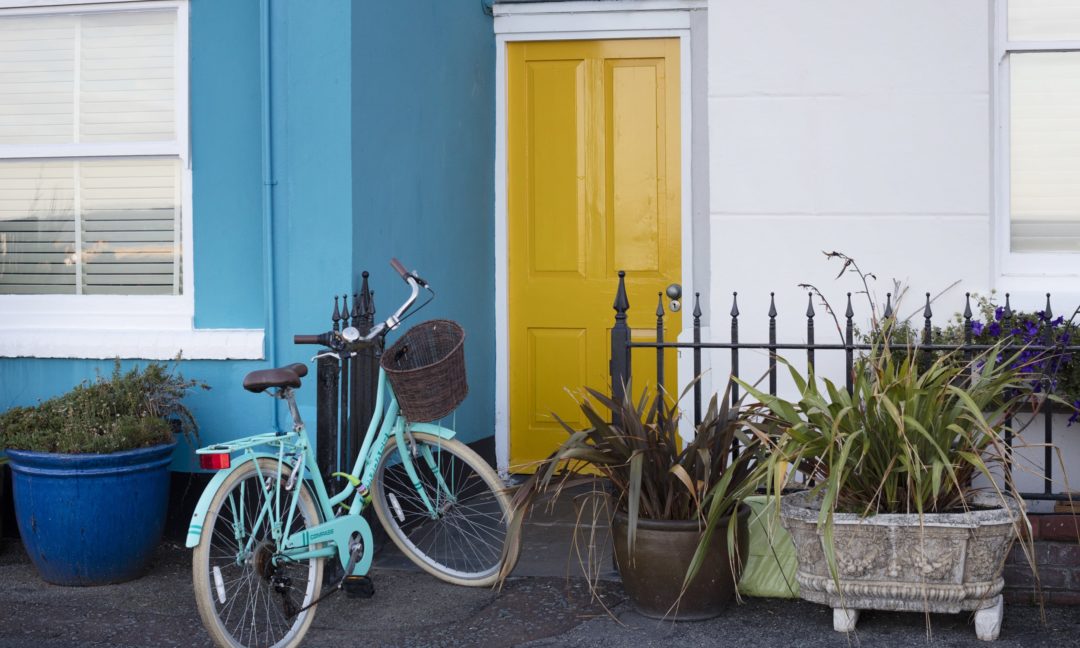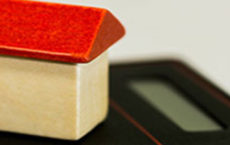Please note, this blog was written in the past and some of the details may be now out of date. For up-to-date details on tax, please refer to gov.uk.
In September’s “mini-budget” the newly appointed Chancellor of the Exchequer, Kwasi Kwarteng, announced changes to stamp duty – or, to give its full name, Stamp Duty Land Tax (SDLT).
Stamp duty is paid for by the property purchaser, and is calculated as a percentage of the purchase price.
Changing stamp duty doesn’t come as much of a surprise, as it’s a fairly common move by the government to stimulate the housing market, often as a way to assist first time buyers. Across the housing industry there is some conflicting opinion as to whether this actually helps homebuyers, or in fact ‘heats up’ the market and ultimately increases prices.
The new stamp duty rates for first time buyers
From 23 September 2022, first time buyers purchasing their main residential property in England and Northern Ireland will not be subject to any stamp duty for the first £425,000 of the purchase price, as long as the price does not exceed £625,000.
Stamp duty (for purchases up to £625,000) will only be charged on the value above £425,000 and applies in stages for each portion of the purchase price:
| Portion of purchase price | Tax applied |
| Up to £425,000 | 0% |
| £425,001 to £625,000 | 5% |
For properties purchased above £625,000 there will be no stamp duty relief applied and buyers will be subject to the rate for existing homeowners.
The new stamp duty rates for existing homeowners
From 23 September 2022, main residential property purchases in England and Northern Ireland will not be subject to any stamp duty for the first £250,000 of the purchase price. For properties purchased above this amount, stamp duty will only be charged on the value above £250,000 and applies in stages for each portion of the purchase price:
| Portion of purchase price | Tax applied |
| Up to £250,000 | 0% |
| £250,001 to £925,000 | 5% |
| £925,001 to £1.5m | 10% |
| £1.5m+ | 12% |
I am a first time buyer – how much stamp duty will I pay?
Firstly, for any purchases under £425,000 you will not need to pay any stamp duty. That’s very welcome news!
If you are purchasing a property between £425,000 to £625,000, the tax is only charged on each incremental portion of the purchase price.
Properties purchased by a first time buyer which exceed £625,000 will not be subject to any stamp duty relief, so the standard rate for existing homeowners will be applied.
For example: if you are buying a property at £470,000 you will pay the following:
- 0% tax on the first portion up to £425,000
- 5% tax on the portion from £425,000 – £470,000 (i.e. 5% of £45,000)
- This means you will pay stamp duty of: £2,250.
These examples are given as a guide. For an online stamp duty calculator visit the gov.uk website.
I am an existing homeowner moving home – how much stamp duty will I pay?
If you are purchasing a new property to be your main residential home, and selling your existing property, you will not pay any stamp duty on the first £250,000 of the purchase price of your new home. Thereafter the stamp duty will apply on each incremental portion.
For example, if you are buying a property at £470,000 you will pay the following:
- 0% tax on the first portion up to £250,000
- 5% tax on the portion from £250,000 – £470,000 (i.e. 5% of £220,000)
- This means you will pay stamp duty of: £11,000
As another scenario, for a property purchase at £1.2m, this would result in the following:
- 0% tax on the first portion up to £250,000
- 5% tax on the portion from £250,001 – £925,000 (i.e. 5% of £675,000)
- 10% tax on the portion from £925,001 – £1,200,000 (i.e. 10% of £275,000)
- This means you will pay stamp duty of: £61,250
These examples are given as a guide. For an online stamp duty calculator visit the gov.uk website.
I am buying a buy to let or additional property – how much stamp duty will I pay?
If you are purchasing a property in addition to your main residence, such as a second home or to rent out to tenants, the pre-existing 3% surcharge will continue to be applied to the stamp duty rates.
For full information on stamp duty visit the gov.uk website

















